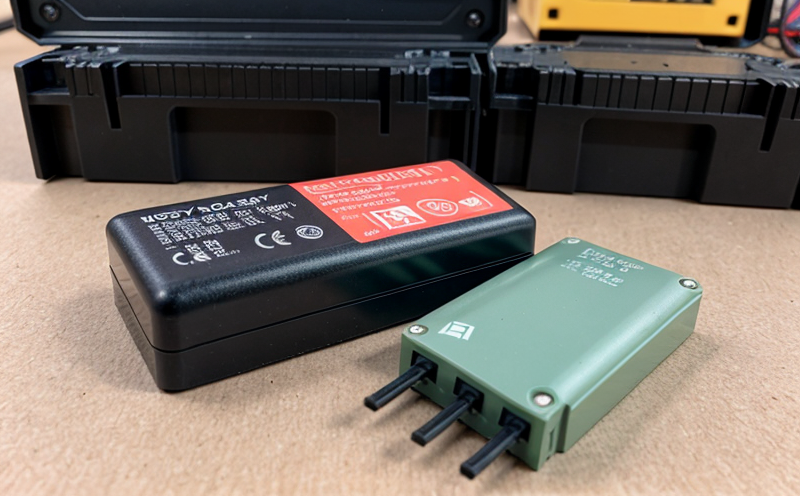IEEE 485 Performance Testing of Lead-Acid Battery Modules
The IEEE Standard for Electrical Characteristics of Valve Regulated Lead Acid (VRLA) Batteries is a critical document that sets the performance and safety standards for lead-acid battery modules and packs. This standard ensures consistent quality across various applications, from telecommunications to uninterruptible power supplies.
Our laboratory specializes in performing IEEE 485 compliance testing on lead-acid battery modules. Our team of experts meticulously follows all prescribed procedures outlined in the IEEE Standard to ensure accurate and reliable test results. This process involves rigorous characterization under specified conditions, including charging, discharging, temperature cycling, and internal resistance measurement.
Understanding the nuances of lead-acid batteries is essential for ensuring optimal performance during testing. Factors such as electrode composition, electrolyte concentration, and plate spacing play crucial roles in determining how a battery behaves under different conditions. Our laboratory employs advanced equipment to simulate real-world scenarios that these components face over their lifecycle.
The IEEE 485 test protocol includes several key phases designed to evaluate the electrical characteristics of VRLA batteries comprehensively. These tests aim at verifying whether the modules meet the specified performance criteria before being deployed in critical applications. By adhering strictly to this standard, we guarantee that our clients receive accurate and dependable data regarding their product’s capabilities.
Our experienced technicians utilize state-of-the-art equipment calibrated according to international standards like ISO/IEC 17025 for precise measurements throughout the entire testing cycle. This ensures not only compliance with IEEE requirements but also provides valuable insights into potential improvements or issues that may arise during manufacturing processes.
Through thorough examination of each module’s electrical behavior under controlled environments, we can identify any discrepancies between actual performance and expected outcomes based on design specifications. Such findings allow manufacturers to refine their products further while maintaining high standards of reliability and safety.
Applied Standards
The IEEE Standard for Electrical Characteristics of Valve Regulated Lead Acid (VRLA) Batteries (IEEE Std. 485-2017) is the primary reference document used in our testing procedures. This standard defines various parameters and test methods applicable to VRLA batteries, including:
- Electrochemical cell characteristics
- Electrical performance during charging and discharging cycles
- Battery resistance measurements at different temperatures
- Acceptance criteria for new battery installations
Scope and Methodology
| Test Parameter | Description |
|---|---|
| Charging Rate | The rate at which the battery is charged, typically expressed in amperes. |
| Discharge Capacity | The amount of energy a battery can deliver before it reaches its predetermined end-of-discharge point. |
| Internal Resistance | An indicator of the overall health and efficiency of a battery, measured in ohms. |
| Temperature Cycling | A series of tests conducted to assess how well the battery functions across varying temperatures. |
Why Choose This Test
Performing IEEE 485 performance testing offers numerous benefits for manufacturers and end-users alike. Firstly, it helps ensure that the batteries meet stringent industry standards, thereby enhancing overall product quality and reliability.
Secondly, by identifying any deviations from expected behavior early on in the development process, this test allows companies to make necessary adjustments before large-scale production begins. This proactive approach saves time and resources while improving final product performance.
Thirdly, compliance with IEEE standards demonstrates commitment to safety and regulatory requirements, which is increasingly important as regulations become more stringent worldwide. Lastly, having well-tested batteries contributes significantly towards achieving longer lifespans and better energy storage solutions - crucial factors in today’s fast-evolving technological landscape.





